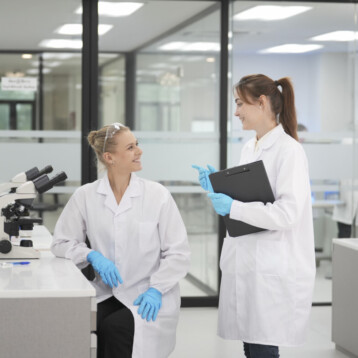The National Highway Traffic Safety Administration (NHTSA) has announced that government regulators will be researching technology that can prevent drunk driving. The results of this research may lead to nationwide implementation of this new, highly effective technology.
This effort reflects the seriousness of the impaired driving problem in the US. According to the NHTSA, 37 people die each day in the U.S. from drunk-driving crashes. That means one fatality every 39 minutes. And the numbers are rising. In 2021, 13,384 U.S. citizens died in one of these crashes, which is 14% higher than in 2020. Drunk driving accidents impact large cities, suburban areas, small towns, and rural roadways. In the small city of San Pablo, California 25 of the 119 car accidents were attributed to alcohol last year. Most of these crashes could have been avoided using available technology.

Car Breathalyzers
Currently, these devices are sometimes mandated for repeat offenders, but they could become standard equipment on all vehicles. They require the driver to blow into the breathalyzer, a small unit located on the driver’s side of the car. If the driver is over the legal or court-ordered limit, the car will not start. These units are highly effective but have not been embraced by car manufacturers or the general public. The government is now considering if they should be mandated much as seatbelts are.
Sensors
Touch and breath sensors are currently being developed. DADSS, or Driver Alcohol Detection System for Saf3ty, uses tiny lasers on the ignition or gear shift that detect the driver’s blood alcohol level. An alternative is the breath sensor that automatically draws in the driver’s breath and determines if they are impaired. If the devices find the driver is over the limit, the vehicle will not start.
Cameras
Cameras are also in development that track a driver’s eye movements to determine if they are safe to drive. They measure nystagmus or involuntary eye movements, as officers currently do when giving a roadside test. Impaired drivers’ eyes move differently when tracking objects, registering less than a 45-degree angle when looking to the side. These cameras can also keep the car from starting if they detect impairment.

Technology is the Answer
The NHTSA is serious about stopping drunk driving deaths. Their current focus is on this technology and how it can be implemented nationwide. Although some people are resistant to mandating these devices due to privacy and cost issues, they can eliminate most if not all drunk driving fatalities. Since the technology is already here, it should make a significant difference in U.S. drunk driving statistics during this decade.










